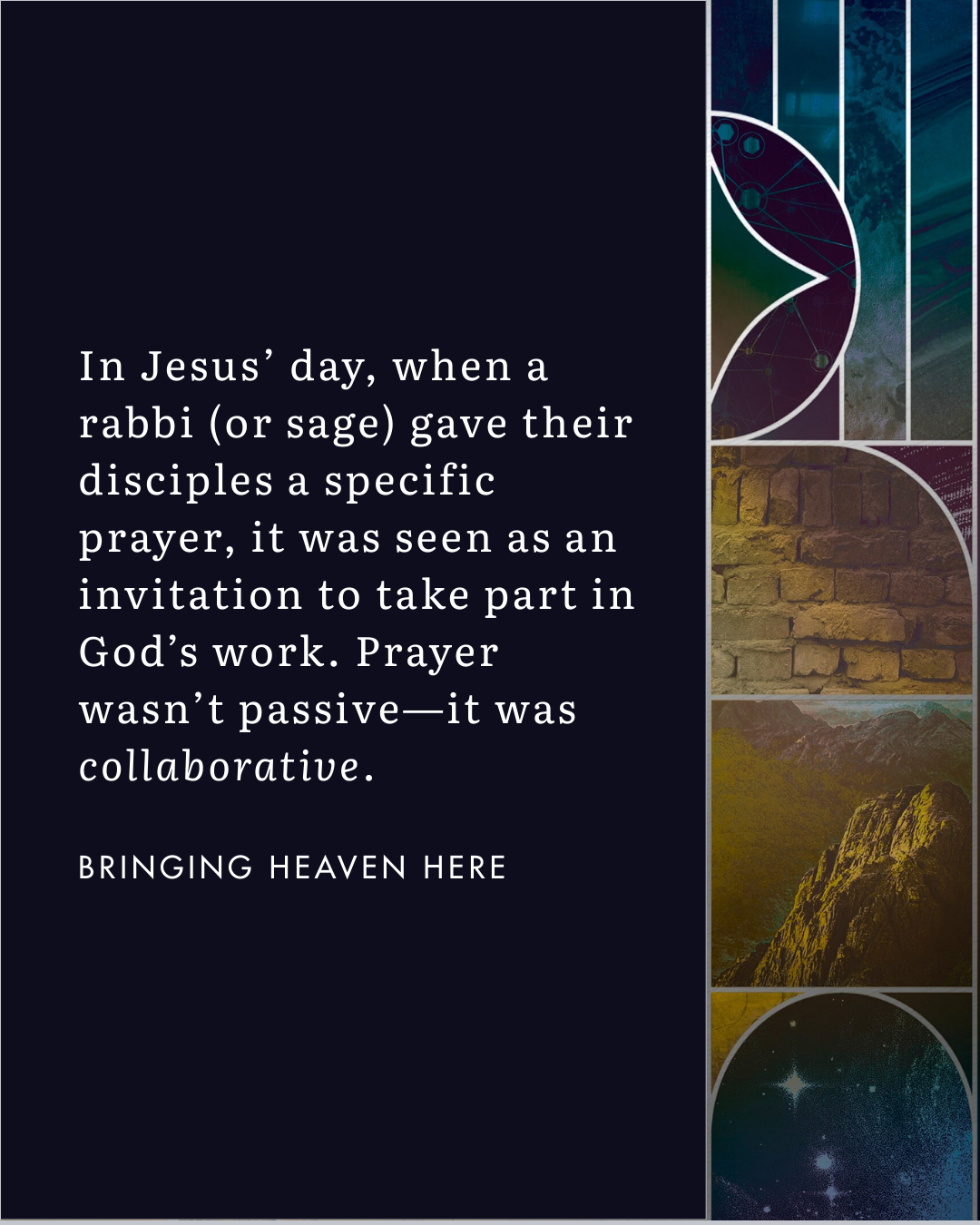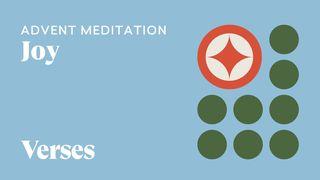Understanding the Original Context of the Lord’s PrayerSample


Cultural Context
Whenever we step into a culture radically different from our own, we feel the shock. The food tastes strange, the customs surprise us, and the values can feel upside-down. Reading the Bible is the same kind of cross-cultural experience. For those of us shaped by the modern Western world, entering the world of Scripture means learning to see through very different eyes.
In Jesus’ day, Jewish sages and rabbis gathered disciples who longed to imitate them in every way. About two centuries before Jesus, a rabbi named Yose ben Yoezer captured this spirit when he wrote:
“Let your house be a meeting-place for the wise;
sit in the dust of their feet;
and drink in their words with eagerness.” (Mishnah Avot 1:4)
A rabbi walking the roads of Galilee would kick up dust as he traveled. To be covered in that dust was a badge of honor—proof you were following closely. That’s why, in Luke 11, one of Jesus’ disciples asked, “Lord, teach us to pray.” He wasn’t saying, “Give us tips for making prayer more personal.” He was saying, “Let us pray the way you pray. Give us your words.”
For many rabbis, it was common to hand disciples set prayers. Jewish men and women had long used the Psalms for that very purpose. But this is where modern readers feel the cultural gap. In our world, we often assume prayer is only authentic if it’s spontaneous. In the Jewish world, prayer was authentic when it aligned your heart with God’s. Prayer wasn’t about pouring out your feelings; it was about being shaped by God’s words until you learned to feel what He feels.
That’s the gift of the Lord’s Prayer. When Jesus said, “Pray like this,” he was inviting his disciples to walk in his dust—to let his prayer become theirs, so that his desires could become their own.
Reflection Question: What passage of Scripture speaks truth you believe but don’t always feel—and how might praying it regularly help align your heart with its reality?
Scripture
About this Plan

The Lord’s Prayer is the most well-known prayer in human history—but that familiarity can work against us. We assume we already know what it means, and in doing so, we miss the depth and power Jesus intended. In this six-day plan, you’ll rediscover the prayer through six lenses of context—history, geography, culture, language, literary design, and visual backgrounds—that open up its original meaning. As you explore these dimensions, you’ll see how this ancient prayer is not just words to recite but an invitation to step into Jesus’ mission of bringing heaven to earth.
More
Related plans

Hearing God Through the Christmas Story

How to Keep Your Head on Straight in a World Gone Crazy

More Than a Name

Where Can I Find Wisdom? Film + Faith

14 Days in the Company of Elijah

Formed by the Game: 30 Days of Seeing God in the Liturgies of Sport

Three Years in 30 Days: Jesus' Life and Mission

Advent Meditations: Joy

The Single Season
